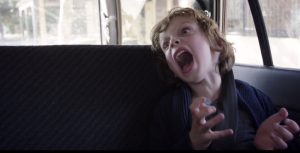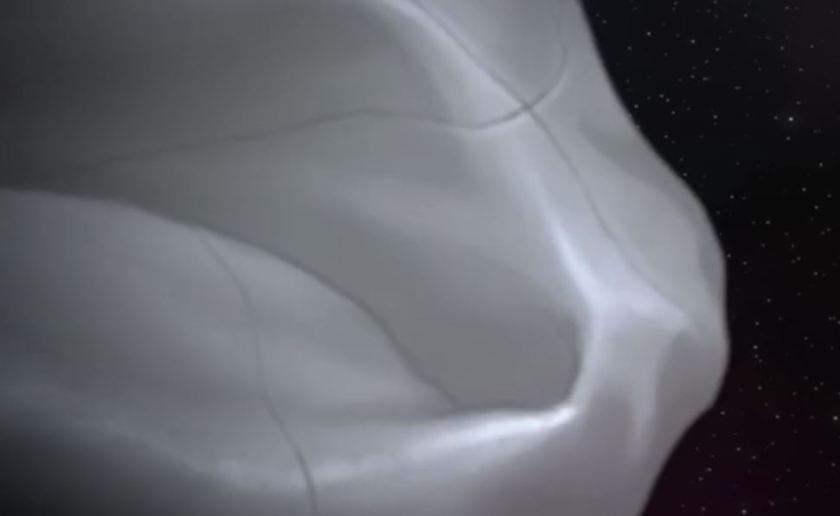From Gene Hackman’s Lex Luthor to Phillip Blake’s The Governor (The Walking Dead), great casting and charismatic actors have frightened, enraged, and intrigued us with super villains from the comics universe. If you’re hankering for a new Big Bad, definitely turn on the Netflix series Daredevil. Vincent D’Onofrio strikes all the right notes of charming-sociopath evil in his surprisingly vulnerable Wilson Fisk (aka, Kingpin, in the original Frank Miller comic).
As many have noted, there’s an obvious historical reference in Wilson Fisk’s uber-developer “activities.” It’s a nod to mid-century NYC villain Robert Moses. Moses is the infamous urban planning autocrat and destroyer of blue-collar neighborhoods from the 1950’s and ’60’s.
But that’s overlooking the more salient two-headed juggernaut-of-gentrification: Mayor Giuliani/Bloomberg. Wilson Fisk “cleans up crime” by sending Chinese immigrant suicide bombers to Russian mobster hideouts; Giuliani/Bloomberg blows up minority neighborhoods with the now roundly repudiated policing tactic of stop-and-frisk.
Wilson Fisk wants to make the city safer and more beautiful. The question of course is, safer for whom? Beautiful in the eyes of whom? Giuliani and Bloomberg say the same thing during their tenures as mayor. Gentrification may bring safety and (a very particular kind of) beauty. But at what cost? By its nature gentrification shreds the existing social fabric — demolishing the historic character of the street and displacing existing residents. Consider the following.
- In central Harlem the white population grew 405% between 2000 and 2010.
- Average house prices in Harlem increased 86%.
- 37% of the city was re-zoned.
- Eight of the city’s tallest buildings have been built since 2001.
My brother lived on Manhattan’s Lower East Side (aka, LES) from 1993 to 2007. During the ’90’s, when I would visit him we’d walk through the blacktop city park around the corner, and I would worry about the kids on the seesaws and doing Double Dutch on the sidewalk; scattered on the asphalt were spent syringes and used condoms from people in the park the night before.
Since the time of Giuliani/Bloomberg, the grit and grime of the LES has been completely erased. Crime has been rendered moot. But that park is gone, too. So are the children. Now the LES is high-rise condos and the well-to-do. The Salvation Army Residence is now the Bowery Boutique Hotel. CBGB, the iconic, hellhole live music venue, is now a John Varvatos shop.
Sounds great. But what about history? What of people and character displaced? No more Indian curry walk-up windows. No more mudflap, by-the-slice pizza counters. The writers and academics? The Asian produce vendors and union film-production workers (like my brother)? They’re all gone.
And it hasn’t stopped with Manhattan. As new skyscrapers push lower-income and middle class Manhattanites out, the displaced are pushing into the outer boroughs. A telling New York Post headline reads, “New Hipsters Fight Old Hipsters in Bushwick.” Another headline puts it less ironically: “Gentrification as ‘Benign Ethnic Cleansing.'”
Here’s an amazing image from an article in Gothamist :
New York Magazine says of Bloomberg’s development efforts:
[Bloomberg] bullied and cajoled developers, steered Liberty Bonds their way, and pushed through rezoning as they wanted. Today, each new Skyland Summit gets superseded by another. The race to the clouds is reminiscent of 1930, when the Chrysler Building and 40 Wall Street tried to bound past each other for the title of world’s tallest — only to have their rivalry mooted a year later by the Empire State building.
Sound like someone we know? (Less the immigrant suicide bombers, of course.)
























